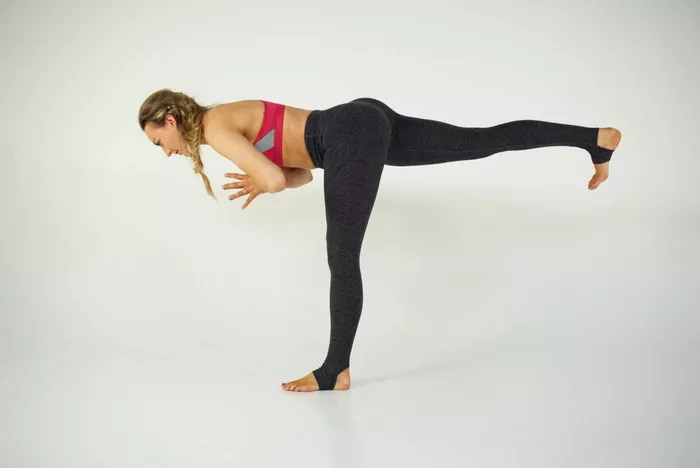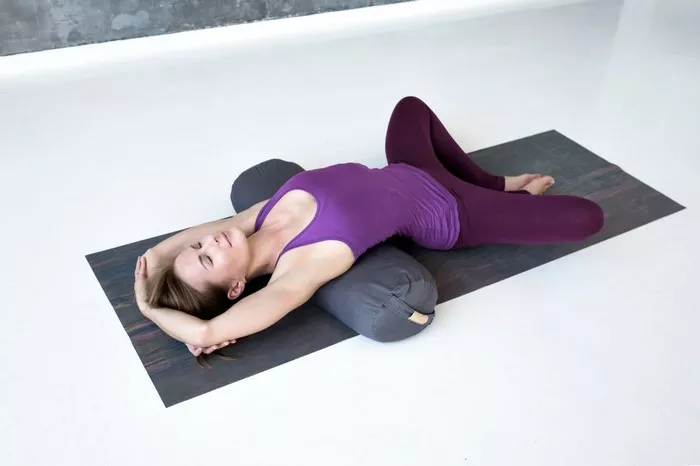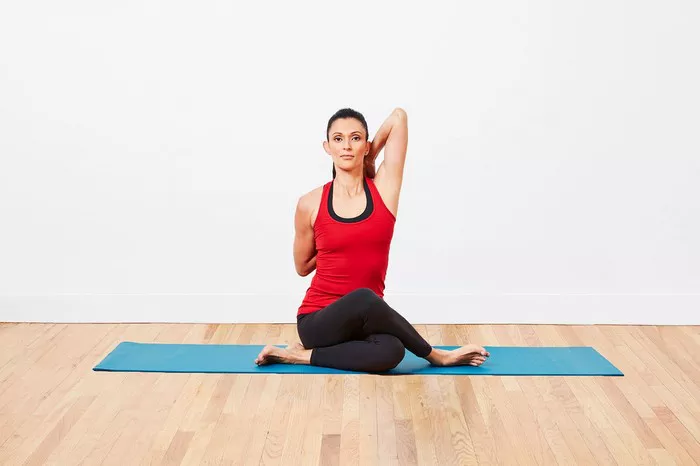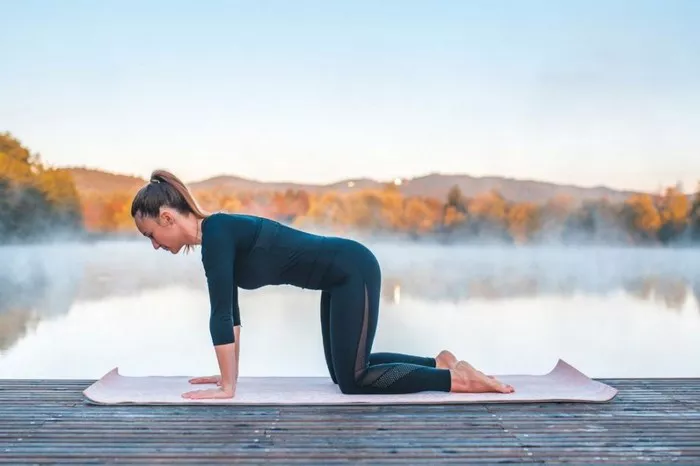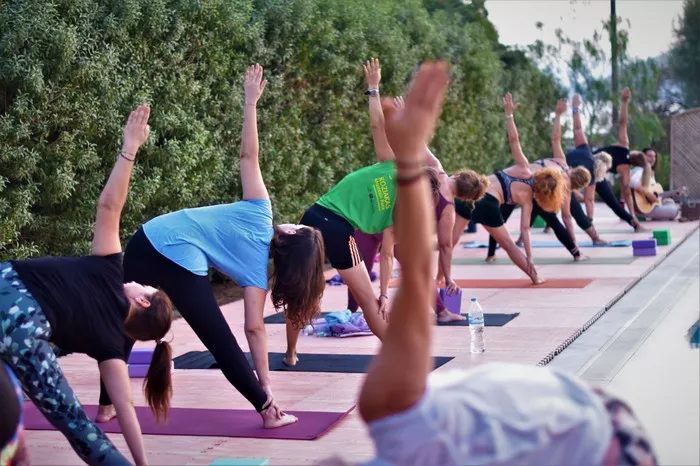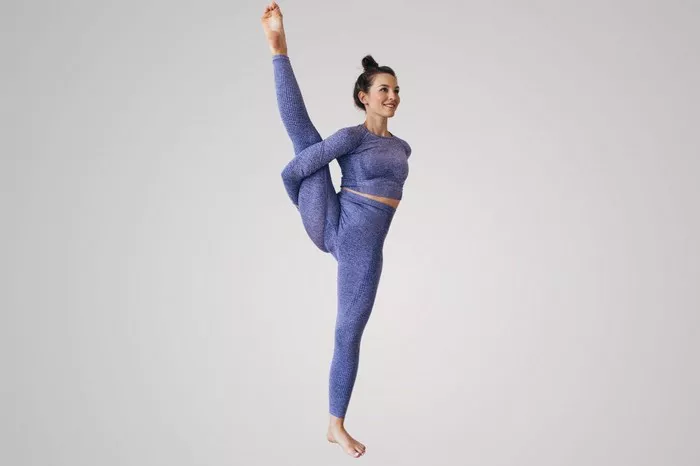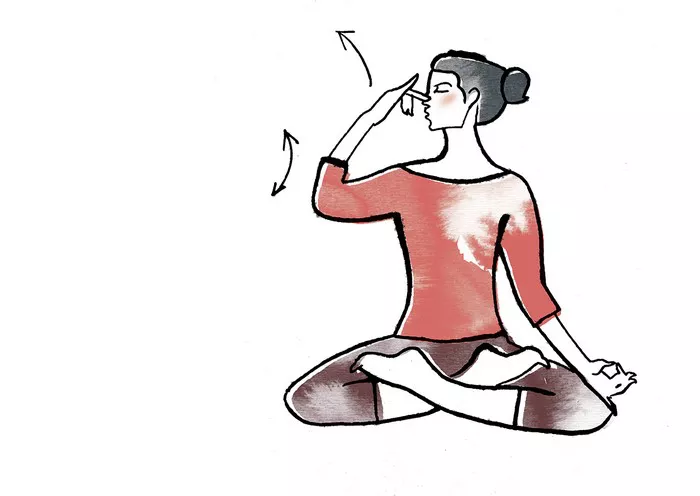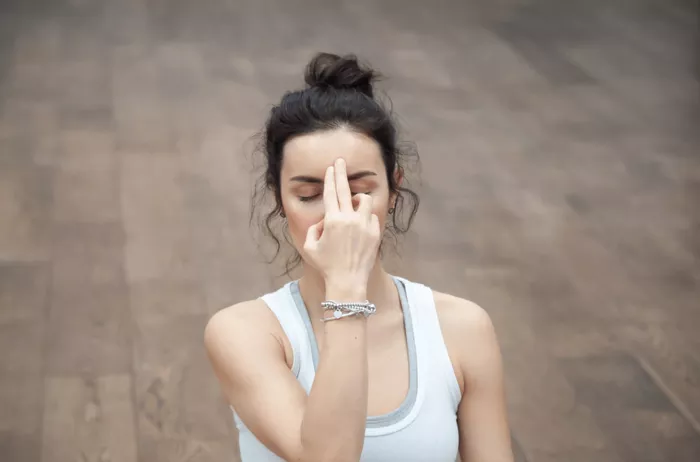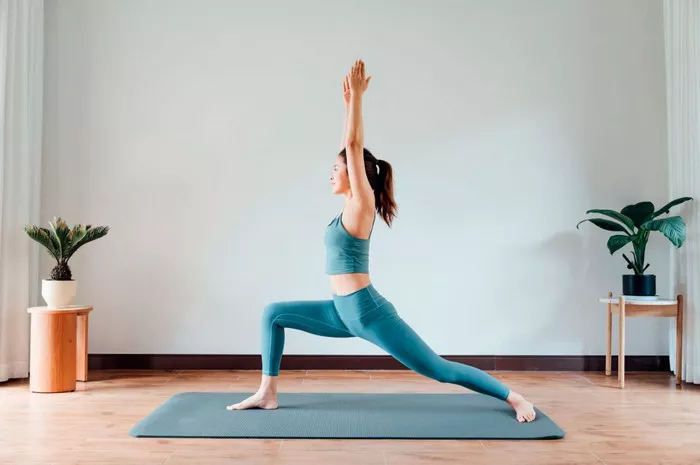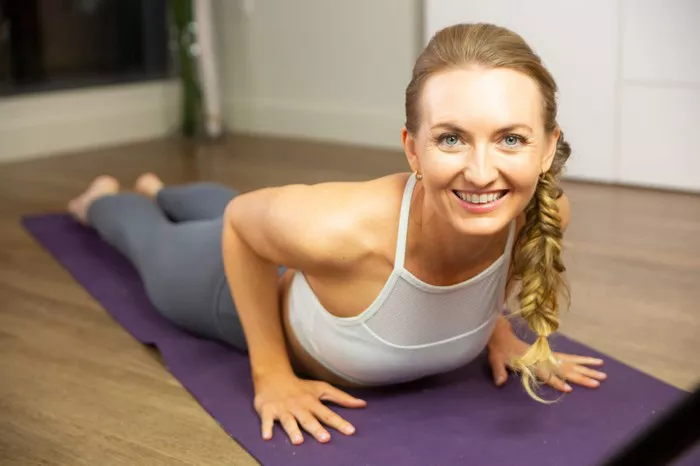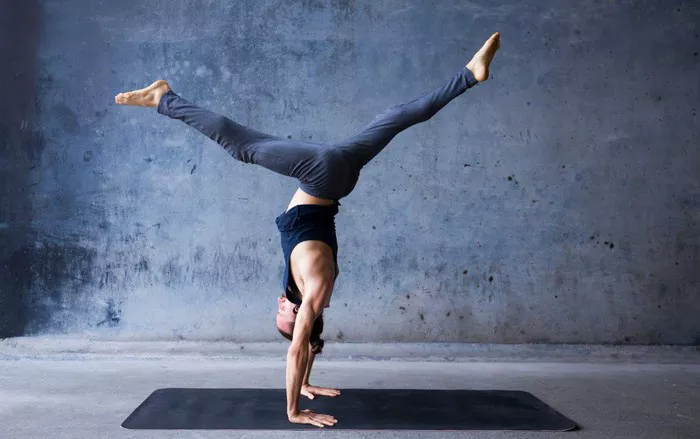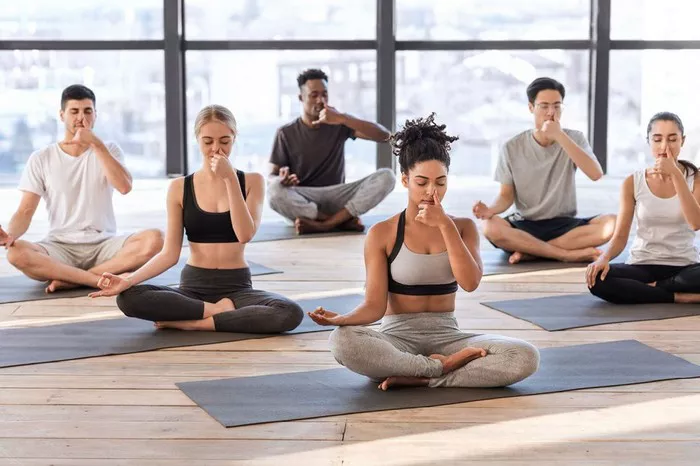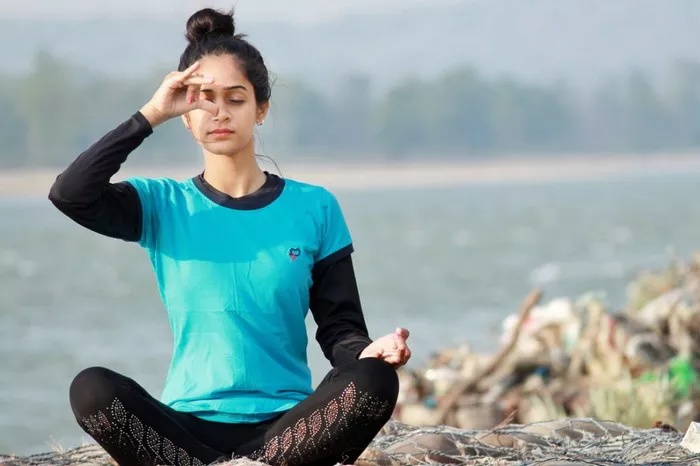Posture plays a crucial role in our overall health and well-being. In our increasingly sedentary lifestyles, poor posture has become a common problem, contributing to a wide range of health issues such as back pain, neck tension, and reduced mobility. Among the many yoga styles available, Iyengar yoga stands out for its emphasis on alignment, precision, and the use of props. This method, developed by B.K.S. Iyengar, has gained worldwide recognition for its therapeutic benefits, particularly in improving posture. In this article, we will explore how Iyengar yoga works, its key principles, and why it is especially effective for enhancing posture.
What Is Iyengar Yoga
Iyengar yoga is a form of Hatha yoga that focuses on detail, alignment, and precision in the performance of yoga postures (asanas) and breath control (pranayama). Developed by B.K.S. Iyengar in the 20th century, it is known for its methodical approach and use of props such as blocks, straps, blankets, and chairs to aid in achieving correct posture.
What makes Iyengar yoga unique is its adaptability and suitability for people of all ages and physical conditions. Whether you are a beginner, recovering from an injury, or an advanced practitioner, Iyengar yoga offers a systematic approach to building strength, flexibility, and awareness.
The Importance of Posture in Health
Good posture refers to the proper alignment of the body parts supported by the right amount of muscle tension against gravity. When we maintain correct posture, our body functions more efficiently. Blood circulates freely, muscles work harmoniously, and internal organs are less restricted.
Poor posture, on the other hand, can lead to chronic pain, fatigue, joint degeneration, and even affect mood and energy levels. Common postural issues include:
- Forward head posture
- Rounded shoulders
- Kyphosis (excessive upper back curve)
- Lordosis (excessive inward lower back curve)
- Pelvic tilt
Addressing these imbalances requires not just temporary fixes, but a consistent practice that re-educates the body—this is where Iyengar yoga comes in.
How Iyengar Yoga Improves Posture
1. Emphasis on Alignment
Iyengar yoga places a strong emphasis on the alignment of bones and joints. Each pose is taught with precise instructions to ensure the correct position of the spine, shoulders, pelvis, and limbs. This attention to detail helps to retrain the body and correct habitual misalignments.
For example, in Tadasana (Mountain Pose), students are taught to evenly distribute their weight across the feet, engage the thighs, lift the chest, and align the head directly over the spine. Such fine-tuned awareness helps improve the foundational alignment that supports better posture in daily life.
2. Use of Props
Props are a hallmark of Iyengar yoga. They allow practitioners to experience the benefits of poses without strain or overcompensation. For individuals with limited flexibility or strength, props provide the necessary support to maintain alignment.
Using a block under the hand in Trikonasana (Triangle Pose), for instance, prevents collapsing the torso forward and encourages proper spinal alignment. Similarly, straps can help open tight shoulders or hamstrings without compromising form. These tools make it possible for students to hold poses longer, gaining the muscular engagement and awareness necessary for postural improvement.
3. Focus on Holding Poses
Unlike faster-paced yoga styles, Iyengar yoga emphasizes holding poses for extended periods. This builds strength and stability in postural muscles, including the core, back, and legs. Sustained holds also deepen proprioceptive awareness—the sense of where the body is in space—which is critical for maintaining good posture.
By repeatedly practicing poses such as Virabhadrasana I and II (Warrior I and II), students cultivate the endurance and alignment skills needed to carry over into daily activities like standing, walking, and sitting.
4. Balanced Development
Iyengar yoga systematically works all parts of the body. This balanced development helps correct muscular imbalances that contribute to poor posture. Often, posture deteriorates because some muscles are overactive and tight, while others are weak and underused.
For instance, tight chest muscles and weak upper back muscles can lead to rounded shoulders. Iyengar yoga addresses both issues by incorporating chest-opening poses (e.g., Setu Bandha Sarvangasana – Bridge Pose) and back-strengthening postures (e.g., Salabhasana – Locust Pose).
5. Awareness and Mindfulness
Mindful awareness is a cornerstone of Iyengar yoga. Practitioners are encouraged to bring attention to every aspect of their pose—from the positioning of the toes to the direction of the gaze. This level of mindfulness extends beyond the mat and into daily life, promoting better posture habits.
With time, students begin to notice when they are slouching or leaning unevenly and make adjustments naturally. This conscious engagement with body mechanics fosters long-term postural changes.
Therapeutic Applications for Postural Conditions
Iyengar yoga is often recommended by physiotherapists and healthcare providers for managing and rehabilitating postural disorders. Some common conditions that can benefit from an Iyengar yoga practice include:
- Scoliosis: Specific sequences help to lengthen and realign the spine while strengthening supportive muscles.
- Kyphosis: Backbends and chest openers counteract the excessive rounding of the upper back.
- Lordosis: Core strengthening and hamstring stretching help balance the exaggerated lower back curve.
- Forward Head Posture: Neck and upper back exercises restore the head’s alignment over the spine.
In therapeutic Iyengar sessions, instructors tailor poses to address the individual’s condition, often using chairs, walls, or bolsters to modify the postures as needed.
Case Studies and Testimonials
Many practitioners have reported significant improvements in posture through consistent Iyengar yoga practice. For instance, a 45-year-old office worker dealing with chronic back pain and poor posture began attending Iyengar yoga classes twice a week. Within three months, she noted a reduction in back discomfort, improved awareness of her sitting and standing habits, and greater ease in maintaining an upright posture.
Similarly, older adults with osteoporosis or postural instability have found Iyengar yoga helpful in regaining balance, improving spinal extension, and reducing the fear of falling.
Scientific studies also support these observations. Research published in the journal Spine found that participants who practiced Iyengar yoga experienced significant improvements in spinal alignment and posture-related pain compared to a control group.
Tips for Getting Started with Iyengar Yoga for Posture
If you are new to Iyengar yoga and interested in improving your posture, here are some practical tips:
- Find a Certified Iyengar Yoga Teacher: Proper guidance is essential. Certified teachers undergo rigorous training and can safely guide you through modifications.
- Be Consistent: Regular practice is key. Aim for at least two sessions per week to start seeing noticeable changes.
- Start with Basic Poses: Foundational poses like Tadasana, Adho Mukha Svanasana (Downward Dog), and Virabhadrasana are great for building awareness and alignment.
- Use Props Generously: Don’t hesitate to use blocks, straps, and blankets. They are tools for learning, not signs of weakness.
- Listen to Your Body: Progress at your own pace. Iyengar yoga values precision over intensity.
- Practice Mindfully: Stay present during each pose. Notice how your body feels and responds to alignment cues.
Conclusion
Iyengar yoga is a powerful practice for improving posture. Its focus on alignment, use of props, and emphasis on body awareness make it uniquely suited to address postural imbalances. Whether you are dealing with chronic pain, recovering from injury, or simply want to stand taller and move more freely, Iyengar yoga offers a sustainable and effective path toward better posture.
By cultivating awareness, strengthening supportive muscles, and re-educating movement patterns, Iyengar yoga does more than correct your stance—it transforms your relationship with your body. Through patient and dedicated practice, improved posture becomes not just a goal but a natural expression of a balanced, healthy life.
Related Topics:

